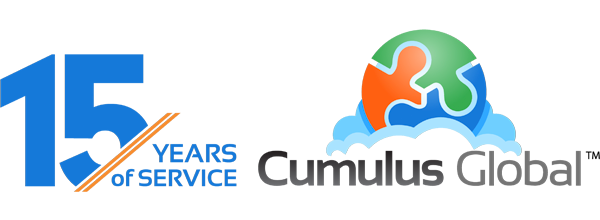7 Remote User Support Best Practices

As our workforce and working style continue to be more mobile, more small and mid-size businesses are facing the challenge of supporting remote offices and mobile users. These remote workers may be flying solo in home offices, co-working spaces, or shared office suites, or may be part of larger remote sites. Whatever the scenario, proper remote user support combined with a strong remote work strategy for your business is vital.
While the adoption of cloud solutions can simplify remote user support, these 7 tenets can save you time, money, and aggravation.
- Security
Beyond strong passwords, ensure that the work of your remote users is as secure as those working in the office. This means providing secure access via company-managed applications and services (not personal apps), encrypting any local data when appropriate, and making sure machines and devices are physically secure. - Automation
Whenever possible, tap automated solutions or managed cloud security systems for distributing software, updates, and services. Strong remote users support systems include centrally managed IT services that can save you time and money, prevent mistakes or missed updates, and remove an IT burden from individual users. - Upgrades
Create a policy with respect to upgrades and new IT apps and services, and back the policy with responsiveness to end user needs. Your remote workers will find and install personal apps that help them do their jobs, which may or may not be in sync with your company’s needs or requirements, and can lead to data loss and other liabilities. Ensure your employees understand that you look at upgrades and new tools regularly and are open to vetting their suggestions. If you don’t or won’t provide a solution, they may move forward without you, and at your peril. - Preventative Maintenance
For users running on Mac OS, Windows, and other legacy operating systems, scheduling preventative maintenance (PM) will avoid performance problems and prevent failures that can cost you much more time and money. Verifying that systems are up to date, defragmenting disks, and replacing aging equipment on a regular schedule will keep your team happy and productive. PM also gives you an opportunity to confirm users are complying with company standards and policies, and to dispose of aging equipment before it becomes clutter. - Point of Contact for Remote User Support
Every remote worker should have a clear point of contact for technology issues and support. In addition to helping with questions and problems, the point of contact should serve as an advocate for remote users’ needs and a resource for orienting and training new staff on your policies and procedures. While larger remote sites may have an on-site point of contact, they can be remote and effective. - Communications
Think beyond providing remote users with high speed network access at their desks. Remote users need fast, reliable, and unified communications while mobile. And, communications go beyond connecting devices. Remote users need voice, fax, and conferencing capabilities that are as seamless (if not more so) than those working in the main office. Customers should not need to know that somebody is remote as services should work transparently. Ease of use is key to avoiding frustration. - Repair and Replace
Stuff breaks. Have a plan in place for local repairs or fast replacement. Spending a day figuring out how to repair or replace a broken device does nothing more than create a day of lost productivity.
Regardless of your technology infrastructure, these 7 tenets provide a framework that will enable your remote and mobile workforce to succeed without burdening them with informal IT responsibilities.
In today’s dynamic work environment, remote user support has become an invaluable resource for businesses seeking efficient, timely, and cost-effective IT assistance. By embracing remote support technologies, organizations can ensure that their workforce remains empowered, productive, and connected, regardless of their physical location. With the right tools and expertise in place, remote user support plays a pivotal role in driving seamless digital experiences and maintaining smooth operations for businesses of all scales.

